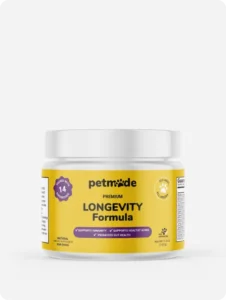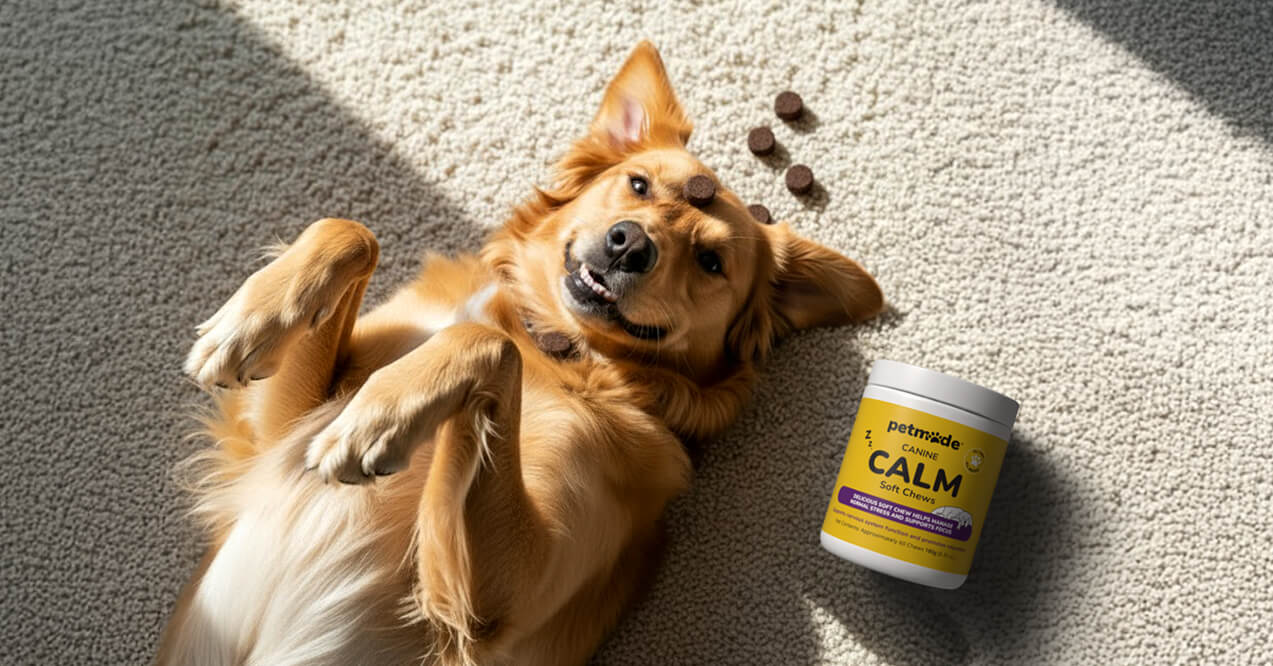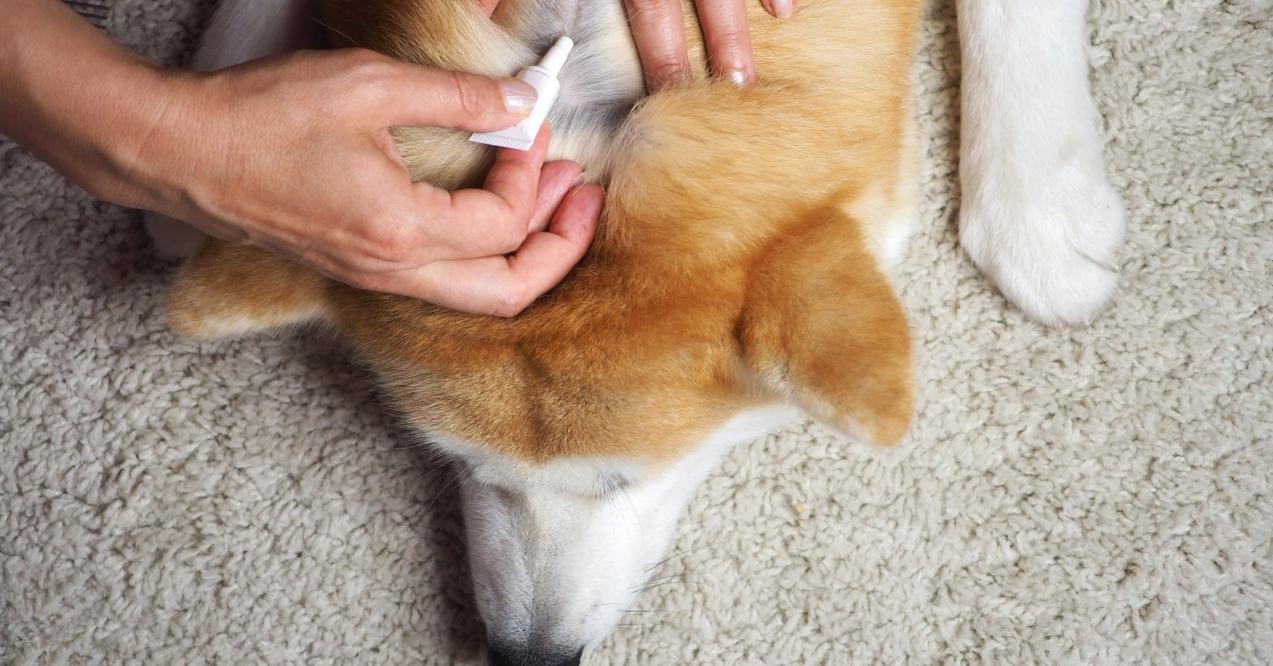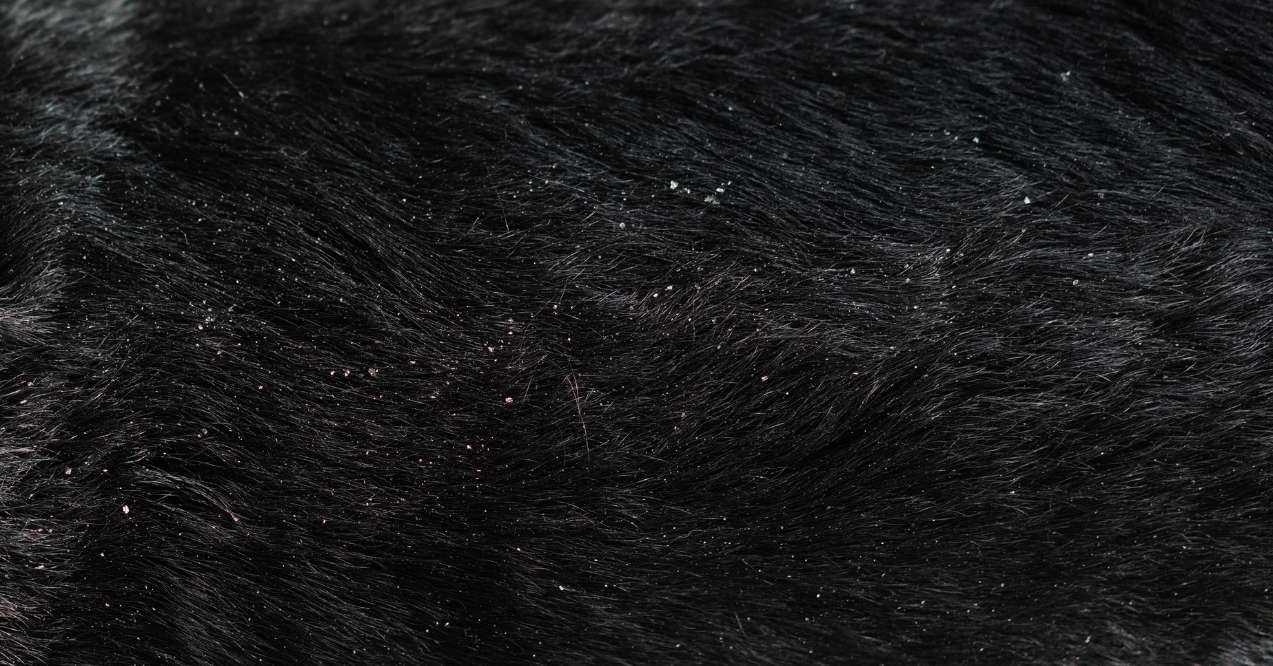How to Get Rid of Parasites in Dogs
As a loving pet parent, discovering that your furry friend has unwanted guests can be worrying. If you’re wondering how to get rid of parasites in dogs, you’re in the right place to find the answers. Many pet owners face this challenge, but with the right approach and care, you can help your four-legged companion feel better quickly.
Treatment Options for Dog Parasites
Finding the right treatment starts with identifying what type of unwanted guests your pup is dealing with. Different solutions work better for specific types, so consulting with a pet care expert can help you choose the most effective approach for how to treat a dog with parasites.
But before choosing a treatment, it’s essential to recognize the signs of infestation. Subtle behavioral and physical changes can indicate an issue, even if symptoms aren’t obvious. Changes in appetite, energy levels, or skin condition can all be early indicators of a problem. Identifying these early signs of parasites in dogs can help catch problems before they escalate.
Over-the-Counter Medications
Many readily available treatments can help address common issues. These products often come in easy-to-use forms like chewables or topical solutions. When selecting an over-the-counter option, look for products specifically formulated for your dog’s size and age.
For optimal results, follow these tips:
- Read all instructions carefully before starting treatment
- Keep track of when you give treatments
- Complete the full course as recommended
- Monitor your pup for any changes in behavior
Prescription Treatments
Some situations call for stronger solutions that require professional guidance. These medications are particularly effective for stubborn cases or when dealing with multiple types of unwanted guests. Your pet care provider can determine the right dosage based on your dog’s specific needs.
Natural Remedies
Nature offers several gentle yet effective options for how to get rid of intestinal parasites in dogs. Pumpkin, for instance, may be a helpful addition to your pup’s diet during treatment.
DIY Methods to Treat a Dog With Parasites
Taking a hands-on approach to your dog’s well-being can make a big difference. Here are some home-based solutions that complement professional care.
Herbal Cleanses for Intestinal Parasites
Creating safe herbal blends can support your dog’s natural defenses. Fresh parsley, for example, can be finely chopped and sprinkled over food – start with 1/4 teaspoon for small dogs and up to 1 tablespoon for larger breeds. Black seed, known for its beneficial properties, can be ground and added to meals: use 1/4 teaspoon for small dogs and up to 1 teaspoon for large dogs.
Another gentle option is fresh oregano leaves, which can be mixed into your pup’s food. Start with just a pinch for small dogs or up to 1/4 cup for larger breeds. For a soothing brew, steep two tablespoons of chamomile flowers in a cup of hot water, let it cool completely, then add a small amount (1-2 teaspoons) to your dog’s water bowl.
Always introduce new ingredients gradually and in small amounts to ensure your pup tolerates them well. Start with one herb at a time and watch for any changes in your dog’s behavior or eating habits.
Flea and Tick Control
Your home environment plays a big role in your dog’s parasite recovery.
One of the most effective natural approaches is regular grooming with a fine-toothed comb, especially focusing on areas behind the ears, under the collar, and near the tail. Keep a bowl of warm, soapy water nearby while combing to dispose of any unwanted guests you find.
Creating a comfortable but unwelcoming environment for pests starts with your laundry routine. Wash your pup’s bedding in hot water (at least 130°F) weekly, and dry on high heat. For extra protection, add a cup of plain white vinegar to the wash cycle – its natural properties help deter unwanted visitors.
Food-grade diatomaceous earth can be a helpful ally – sprinkle it on carpets and pet bedding, let it sit for 6-8 hours, then vacuum thoroughly. Always use the food-grade variety and avoid creating dust while applying.
Always test any new solution on a small area first and watch for any reactions.
Cleaning the Environment
A clean home helps prevent re-infestation. Focus on these key areas:
- Wash all pet bedding in hot water weekly
- Vacuum carpets and furniture regularly
- Clean hard floors with pet-safe solutions
- Keep outdoor areas tidy and free of waste
Dietary Support for Parasite Treatment

Diet plays a central role in helping your dog recover from an infestation. The right nutrients can help strengthen the body and create an environment that makes it harder for unwanted guests to thrive. Also, tasty and nourishing meals can keep your pup’s spirits up, which is especially helpful if they’re feeling a bit under the weather.
When thinking about how to get rid of a parasite in a dog, it’s vital to remember that a balanced, supportive diet boosts overall health. This approach can work alongside other methods to remove parasites in dogs effectively
Foods That Promote Parasite Expulsion
Some everyday items in your kitchen can be surprisingly helpful when learning how to remove parasites in dogs. Pumpkin is a popular choice because it’s high in fiber, which can support healthy digestion. You can stir a spoonful of plain, cooked pumpkin into your dog’s food to encourage normal bowel movements.
Carrots may also come into play when figuring out how to get rid of intestinal parasites in dogs. Grating or finely chopping fresh carrots and sprinkling them on your pup’s meal provides an extra boost of vitamins while supporting digestion. Other healthy food additives for dogs can further support digestion and overall well-being.
Strengthening the Immune System
A strong immune system is one of your best allies when tackling how to get rid of intestinal parasites in dogs. Feeding your furry companion nutrient-dense ingredients can help them stay resilient during and after treatment. Think of it like a fortress: the stronger the walls, the harder it is for troublemakers to sneak in.
Bone broth can be a wonderful addition to your dog’s meals. This soothing option provides extra amino acids and minerals that help maintain overall well-being. You can also add probiotics to your dog’s diet, as these “friendly” microorganisms support healthy digestion and may curb the growth of unwelcome intruders.
Preventing Parasite Recurrence During Treatment
Preventing reinfestation is just as important as the initial treatment when considering how do you get rid of parasites in dogs. By creating a clean and safe environment, you reduce the chances of these pesky invaders making a comeback. This strategy also helps protect other pets in the household from experiencing the same unwanted guests.
During treatment, try to separate your infected dog from other animals. This temporary measure gives you more control over cleaning routines and helps stop the spread of parasites. Keep your pup in a cozy, well-ventilated space with easy-to-clean floors, and wash any bedding or blankets frequently.
Managing Other Pets and the Environment
It’s best to keep a watchful eye on your whole furry family if one dog develops an infestation. Even if your other pets show no visible signs, they might still be harboring a few sneaky critters. This possibility is why many experts recommend a household-wide approach to intestinal parasites in dogs treatment.
Isolate the infected dog during mealtimes and potty breaks to minimize contact. Be mindful of shared toys, water bowls, and outdoor areas, as parasites can spread through these communal spaces. For added peace of mind, you can use air purifiers or UV sterilizers to help reduce any lingering threats in the environment.
Wash your hands thoroughly after handling your dog or cleaning their space. Though most parasites prefer canine hosts, a clean household protects everyone’s health.
Yard and Outdoor Maintenance
Your yard can become a playground for uninvited guests if not properly managed. When exploring how to get rid of a parasite in a dog, you also need to think about the outdoors. Untrimmed grass or piles of leaves might harbor fleas, ticks, or eggs that stick around until your pup steps on them.
Use pet-safe diatomaceous earth around the yard to reduce insect populations. This natural powder can deter pests without exposing your dog to harsh chemicals. You can also plant fragrant, parasite-repelling herbs like rosemary around your garden—these plants can help create a less inviting environment for pesky critters.
Stay on top of yard waste removal. Pick up after your dog promptly, and keep garbage bins sealed.
Comparing Treatment Approaches
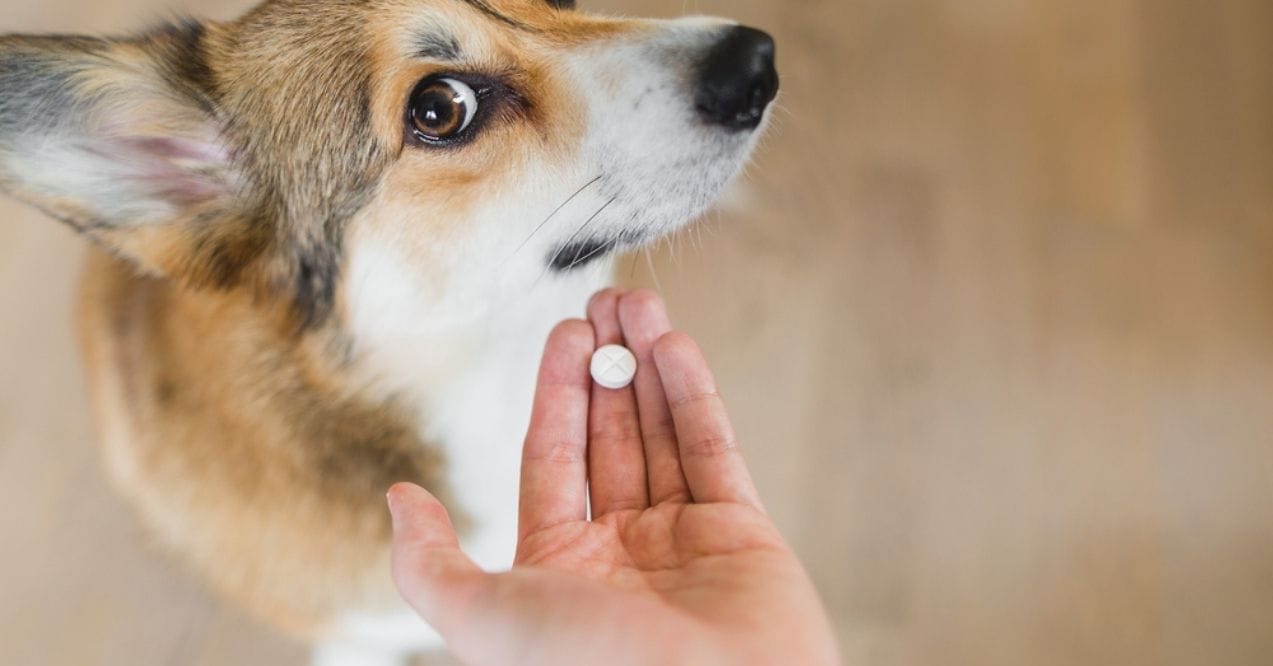
Deciding on the best plan of action can feel overwhelming when you’re trying to figure out how to remove parasites in dogs. Both chemical and natural methods have their merits, and each approach may be more suitable under different circumstances. By examining the pros and cons of various methods, you can choose a strategy that fits your dog’s needs and your personal comfort level.
Chemical vs. Natural Remedies
Chemical treatments often act quickly, targeting parasites directly. These products can be highly effective, and some are formulated to tackle multiple types of invaders at once. However, certain chemicals might cause side effects like mild stomach upset or skin irritation, so it’s essential to follow dosage instructions carefully.
On the other hand, natural remedies focus on using ingredients that support your dog’s system and may gently nudge parasites out. Herbal cleanses, special diets, and environment-friendly sprays can be less harsh. Still, these methods sometimes take longer to show results, and they often require consistent application to really keep parasites at bay.
Consider your dog’s overall health, age, and existing sensitivities when deciding on a treatment plan. Sometimes, a combined approach—using both chemical and natural remedies—provides the best balance.
Oral vs. Topical Treatments
When looking into how to treat a dog with parasites, you’ll find two primary application methods: oral and topical. Oral treatments typically come in chewable or pill form, and they work from the inside out. These options can be convenient if your dog is comfortable swallowing medication, and they often deliver targeted results against intestinal invaders.
Topical treatments, like spot-on solutions or sprays, address parasites directly on your dog’s skin or coat. This method can be great for targeting fleas or ticks lurking on the surface. Be sure to follow instructions closely and avoid sensitive areas like the face or eyes.
Conclusion
Figuring out how to get rid of a parasite in a dog may seem like a daunting task, but it’s far more manageable when you break it down into clear steps. A proper blend of medications, natural remedies, and diligent cleaning routines can make a significant impact on your dog’s health. Remember, strong immunity plays a big role in what kills parasites in dogs, so keep your pup’s nutrition on track and maintain a squeaky-clean environment.
By focusing on practical actions—like adding nutrient-rich foods, isolating infected pets, and sprucing up your home—you’ll be well on your way to lasting success. Combine this with thoughtful treatment choices, and you’ll have a more comprehensive approach for how to get rid of intestinal parasites in dogs. A bit of patience, a whole lot of love, and some well-informed planning can help your pup bounce back stronger than ever.
Length of treatment depends on the type and severity of infestation. Most cases may require a few weeks of consistent care, including follow-up treatments. Always monitor your dog’s progress and consult a pet care professional for personalized guidance and dosage.
Yes, certain foods, herbal blends, and environment-friendly practices can help manage unwanted guests without harsher chemicals. Natural options often require consistency and a patient approach. Always consult a professional to ensure safe, balanced methods that suit your dog’s unique needs.
Unfortunately, they can return if prevention steps are neglected. Regular checkups, thorough cleaning, and a healthy immune system reduce the risk of reinfestation. Isolate infected pets, sanitize living areas, and stick to preventive schedules to keep unwanted guests from resurfacing.
Absolutely. Deep cleaning is crucial for blocking reinfestation. Wash bedding, vacuum carpets, disinfect surfaces, and remove pet waste quickly. A clean environment helps protect everyone in the household and supports faster recovery, making it vital to your dog’s overall wellness.
Advertisement. This site offers health, wellness, fitness and nutritional information and is designed for educational purposes only. You should not rely on this information as a substitute for, nor does it replace, professional medical advice, diagnosis, or treatment. If you have any concerns or questions about your health, you should always consult with a physician or other health-care professional. Do not disregard, avoid or delay obtaining medical or health related advice from your health-care professional because of something you may have read on this site. The use of any information provided on this site is solely at your own risk.

